When it comes to reptile companionship, crested geckos have gained immense popularity among exotic pet enthusiasts. These captivating creatures, with their distinctive crests and expressive eyes, often prompt a fundamental question from potential owners: can you truly form a bond with a crested gecko? Unlike traditional pets like dogs or cats, reptiles have a different way of experiencing the world around them, which naturally affects how they interact with their human caretakers. In this comprehensive guide, we’ll explore the fascinating reality of crested gecko bonding, what it looks like, and how you can nurture a meaningful connection with these enchanting reptiles.
Understanding Crested Gecko Intelligence

Crested geckos possess a level of intelligence that may surprise many first-time reptile owners. While they don’t process information like mammals, they demonstrate remarkable cognitive abilities suited to their evolutionary needs. These geckos can recognize feeding routines, become familiar with their handlers, and even navigate complex environments with impressive spatial awareness. Research suggests that crested geckos can form associations between specific people and positive experiences, such as feeding or gentle handling. Their brain structure primarily focuses on survival mechanisms rather than social bonding, but this doesn’t mean they’re incapable of forming their version of connections with humans who care for them properly.
The Science Behind Reptile Bonding

Reptile bonding differs fundamentally from mammalian bonding due to neurological differences. Mammals, including humans, possess a limbic system that processes emotions and social attachments, facilitated by oxytocin—often called the “bonding hormone.” Crested geckos lack this specific neurological structure, which means they don’t experience emotional attachment in the same way dogs or cats might. However, herpetologists have observed behavioral patterns suggesting that reptiles can develop positive associations with their caretakers through consistent, gentle interactions. What owners often interpret as “bonding” might be better described as habituation, tolerance, and positive association—but these relationships can still be meaningful and rewarding for both gecko and keeper.
Signs Your Crested Gecko Recognizes You

Though crested geckos won’t wag their tails or purr when you enter the room, they do exhibit subtle signs of recognition. A comfortable crested gecko might remain calm when you approach their enclosure, while showing defensive postures toward strangers. Many owners report their geckos willingly climbing onto their hands without coaxing after establishing trust. Decreased stress behaviors—such as tail dropping, excessive hiding, or defensive posturing—when handled by their regular caretaker versus strangers suggests a level of recognition. Some geckos even develop routines, appearing at the glass when their owner typically feeds them, demonstrating an association between the person and positive experiences like mealtime.
Building Trust Through Proper Handling

The foundation of any positive relationship with a crested gecko begins with appropriate handling techniques. Always approach your gecko from the side rather than from above, as predators typically attack from overhead, triggering their defensive instincts. Support their entire body when holding them, never grabbing or restraining them forcefully. Limit initial handling sessions to just 5-10 minutes, gradually increasing duration as your gecko becomes more comfortable with human contact. Consistency is crucial—short, positive handling sessions several times weekly helps your gecko learn that human interaction isn’t threatening. Remember that some geckos may never enjoy handling, and respecting their individual temperament is essential for building trust.
The Role of Feeding in Relationship Building
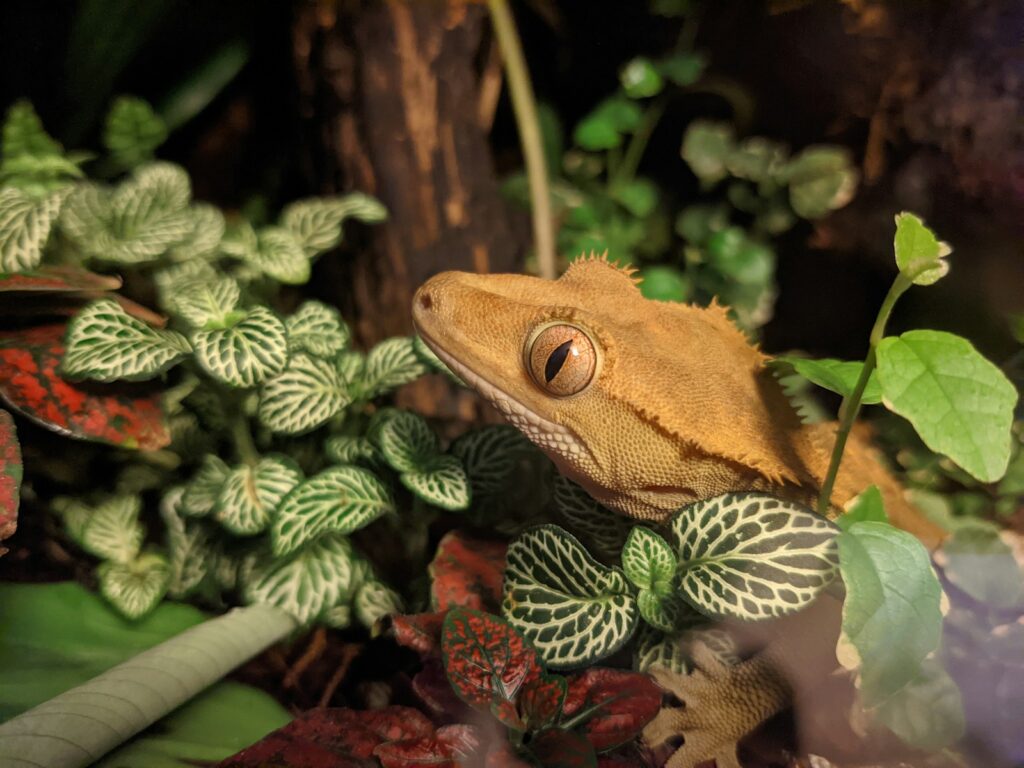
Hand-feeding represents one of the most effective ways to establish positive associations with your crested gecko. Many owners successfully use feeding to reinforce positive connections, as geckos quickly learn to associate their caretakers with sustenance. Begin by offering food from tweezers or a small spoon, then gradually transition to offering food from your fingertip once trust is established. Crested geckos have individual food preferences, and discovering your pet’s favorite treats can accelerate the bonding process. Establishing a consistent feeding schedule helps your gecko anticipate interaction with you, creating a routine that builds familiarity and comfort. Through regular feeding interactions, many geckos learn to recognize their owners as sources of positive experiences rather than potential threats.
Individual Personality Differences

Just as humans have unique personalities, crested geckos display remarkable individual variation in temperament and sociability. Some geckos naturally seem more curious and tolerant of handling, readily climbing onto their owners and exploring during out-of-enclosure time. Others maintain a more reserved or skittish nature despite years of gentle care and handling. Genetics likely plays a role in these temperament differences, as does early handling experience during juvenile development. Age can also influence sociability, with some geckos becoming more confident and interactive as they mature. Understanding and respecting your gecko’s unique personality is crucial for developing a relationship based on mutual comfort rather than forcing interactions that cause stress.
Creating a Stress-Free Environment

A crested gecko that feels secure in its environment is much more likely to develop comfort with human interaction. Provide ample foliage, hiding spots, and climbing opportunities that mimic their natural habitat, allowing your gecko to display natural behaviors. Maintain appropriate temperature (72-78°F) and humidity levels (60-80%), as physical discomfort from improper environmental conditions can manifest as avoidance behaviors mistakenly attributed to personality. Position the enclosure in a relatively quiet area away from high-traffic zones, loud televisions, or other pets that might cause chronic stress. A secure environment serves as the foundation upon which trust can develop, allowing your gecko to focus on positive interactions rather than constantly responding to environmental stressors.
The Timeline of Building Relationships
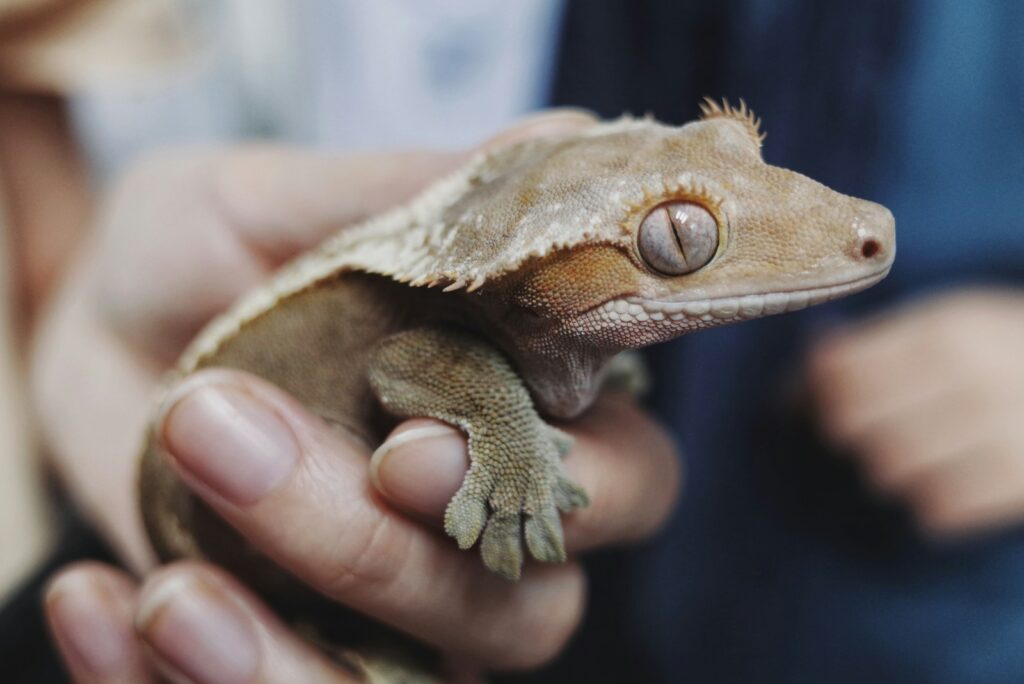
Building a relationship with a crested gecko requires patience and realistic expectations regarding timeframes. New geckos typically need a 2-4 week adjustment period with minimal handling after being introduced to a new environment. Juveniles often acclimate faster than adults, particularly those that have been handled gently from a young age. Significant progress in trust-building usually becomes apparent after 3-6 months of consistent, positive interaction. Some owners report their geckos continue to become increasingly comfortable even after years of care, suggesting the relationship-building process continues throughout their lives. Remember that progress isn’t always linear—molting, breeding season, and environmental changes can temporarily affect your gecko’s behavior and willingness to interact.
Common Misconceptions About Gecko Bonding

Many new owners enter the world of crested gecko keeping with expectations shaped by experiences with dogs or cats, leading to misconceptions about reptile relationships. A common myth suggests that reptiles are completely incapable of recognizing their owners, which behavioral observations have contradicted. Another misconception is that all crested geckos will eventually enjoy handling if exposed to it consistently enough, when in reality, individual temperament plays a significant role in handling tolerance. Some owners mistakenly interpret normal thermoregulatory behaviors, like seeking body heat, as affection. Understanding that reptile cognition and social behavior differ fundamentally from mammals helps set realistic expectations for the unique relationship possible with these fascinating creatures.
Comparing Crested Geckos to Other Reptile Species

When it comes to potential for human interaction, crested geckos rank relatively high among reptiles. Bearded dragons often show more overt recognition behaviors and handling tolerance than most geckos, making them perhaps the most “social” of common pet reptiles. In contrast, species like leopard geckos may be similarly handleable but typically show less environmental awareness than crested geckos. More advanced reptiles like tegus and some monitor species demonstrate complex recognition behaviors that more closely resemble mammalian pets. Compared to other arboreal geckos like day geckos or tokay geckos, crested geckos generally offer a much better balance of handleability and interactive potential, making them excellent “gateway” reptiles for those new to the hobby.
Recognizing Stress Signals

Building a positive relationship requires understanding when your crested gecko feels threatened or uncomfortable. Tail dropping, while dramatic, represents an extreme stress response that crested geckos can perform only once (afterward growing a less impressive regenerated tail). More subtle stress signals include rapid breathing, closed eyes during handling, excessive hiding, loss of appetite, or darkening coloration. Defensive posturing, such as raising the body to appear larger or opening the mouth in a threat display, indicates significant discomfort. Gentle vocalization or squeaking during handling almost always indicates stress rather than contentment. Learning to recognize these signs allows you to adjust your interaction approach before stress becomes severe, preserving trust and preventing setbacks in your relationship.
The Benefits of Gecko Interaction for Owners

While much of our discussion focuses on the gecko’s experience, the human-reptile relationship offers significant benefits for owners as well. Many keepers report that observing and interacting with their crested geckos provides stress relief and mindfulness, requiring present-moment focus that breaks the cycle of daily worries. The responsibility of care creates routine and purpose, particularly beneficial for those struggling with mental health challenges. For children, crested gecko keeping teaches empathy for creatures very different from themselves, patience, responsibility, and scientific observation skills. The exotic pet hobby also connects owners to communities of like-minded enthusiasts, creating social connections and knowledge-sharing opportunities that extend beyond the relationship with the animal itself.
Long-Term Relationship Prospects

With proper care, crested geckos can live 15-20 years in captivity, offering the potential for a long-term relationship that evolves over time. Many experienced keepers report that their geckos become increasingly comfortable with routine interactions as years pass, suggesting that patience yields ongoing rewards in this relationship. The gecko’s long lifespan allows owners to observe subtle personality developments and behavior changes through different life stages. Documentation through photos and journals can help owners appreciate the progress in their relationship over years, particularly since day-to-day changes may be too subtle to notice. This long-term companionship potential represents one of the most rewarding aspects of crested gecko keeping for dedicated enthusiasts.
While the bond between a crested gecko and its owner differs fundamentally from relationships with traditional pets, these fascinating reptiles can indeed form their version of a connection with dedicated keepers. Through consistent handling, positive associations, and respect for their individual needs, many crested geckos learn to recognize and trust their caretakers. The relationship may not manifest as affection in the mammalian sense, but the mutual trust, recognition, and comfortable coexistence that develops over time creates its own unique and rewarding interspecies connection. Whether you’re considering your first crested gecko or looking to deepen your relationship with an existing pet, understanding the truth about gecko bonding helps set realistic expectations for a fulfilling relationship with these charismatic reptiles.

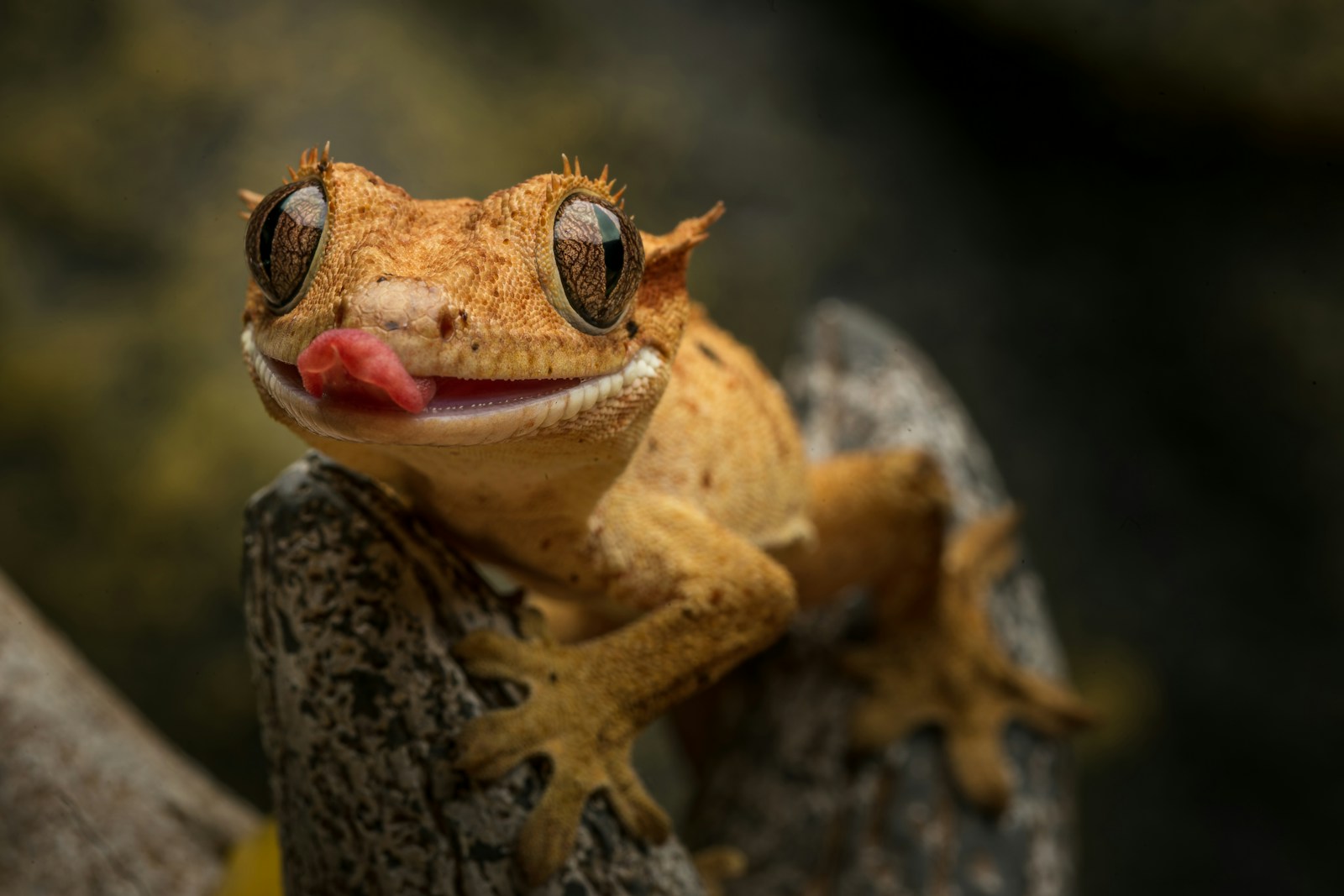

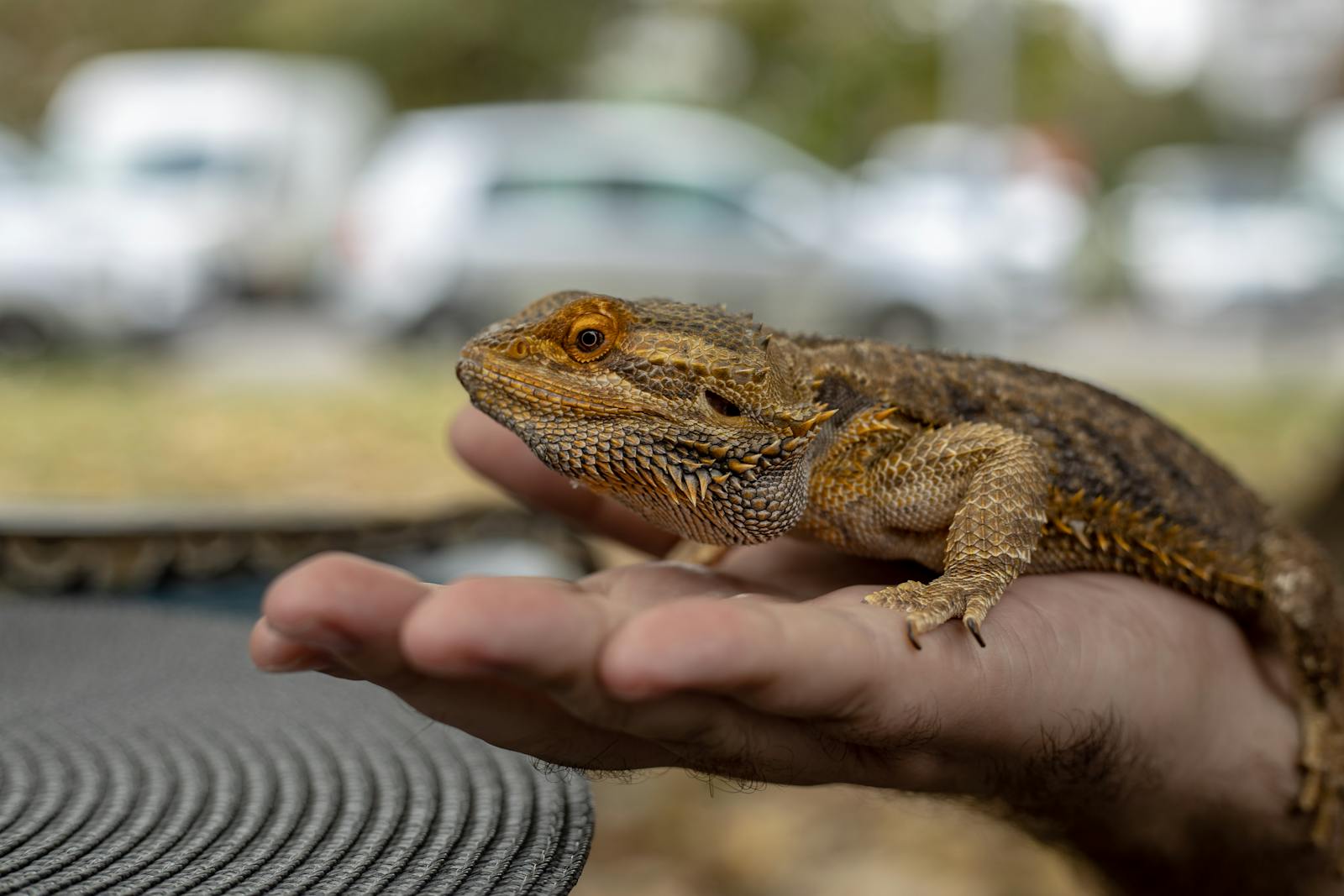
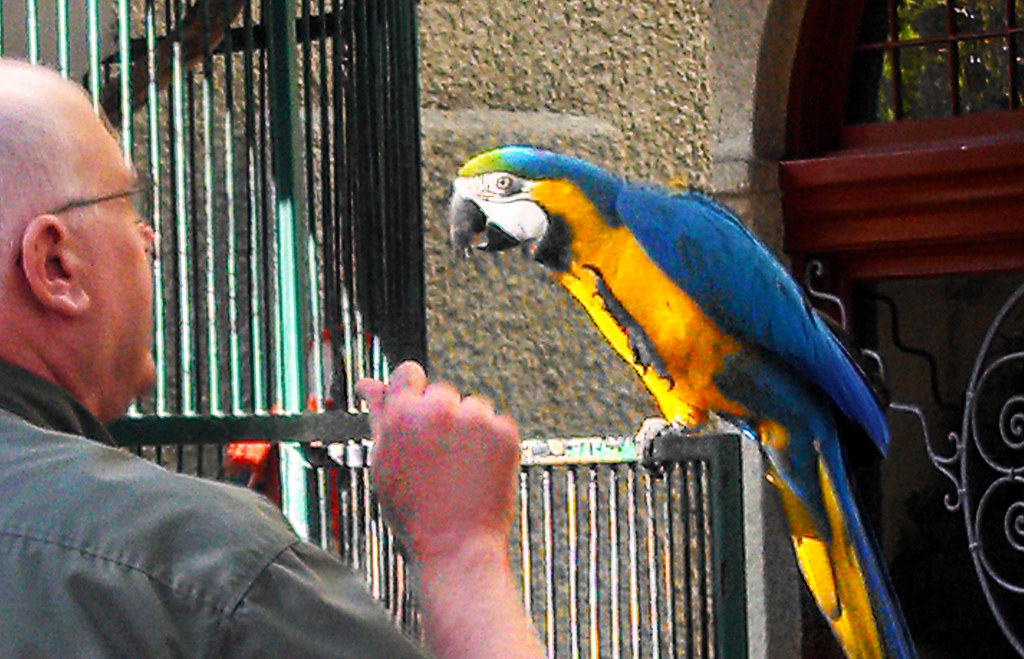
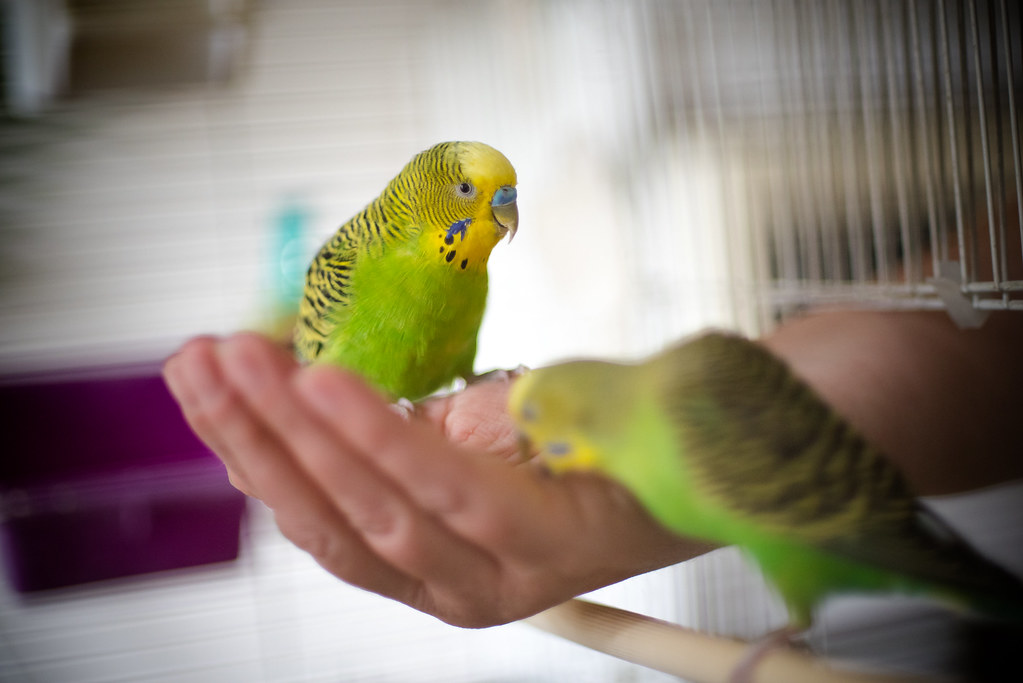
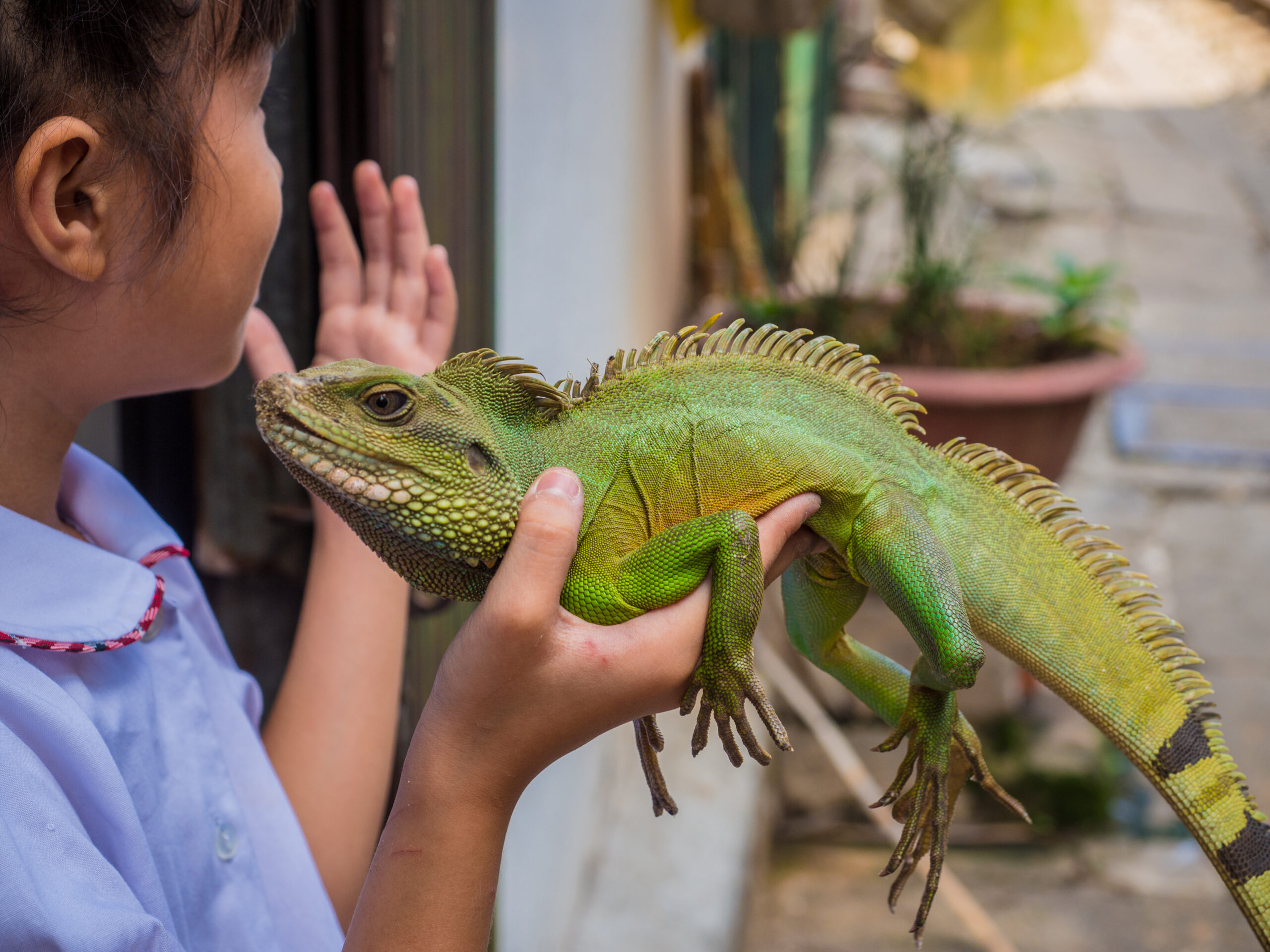
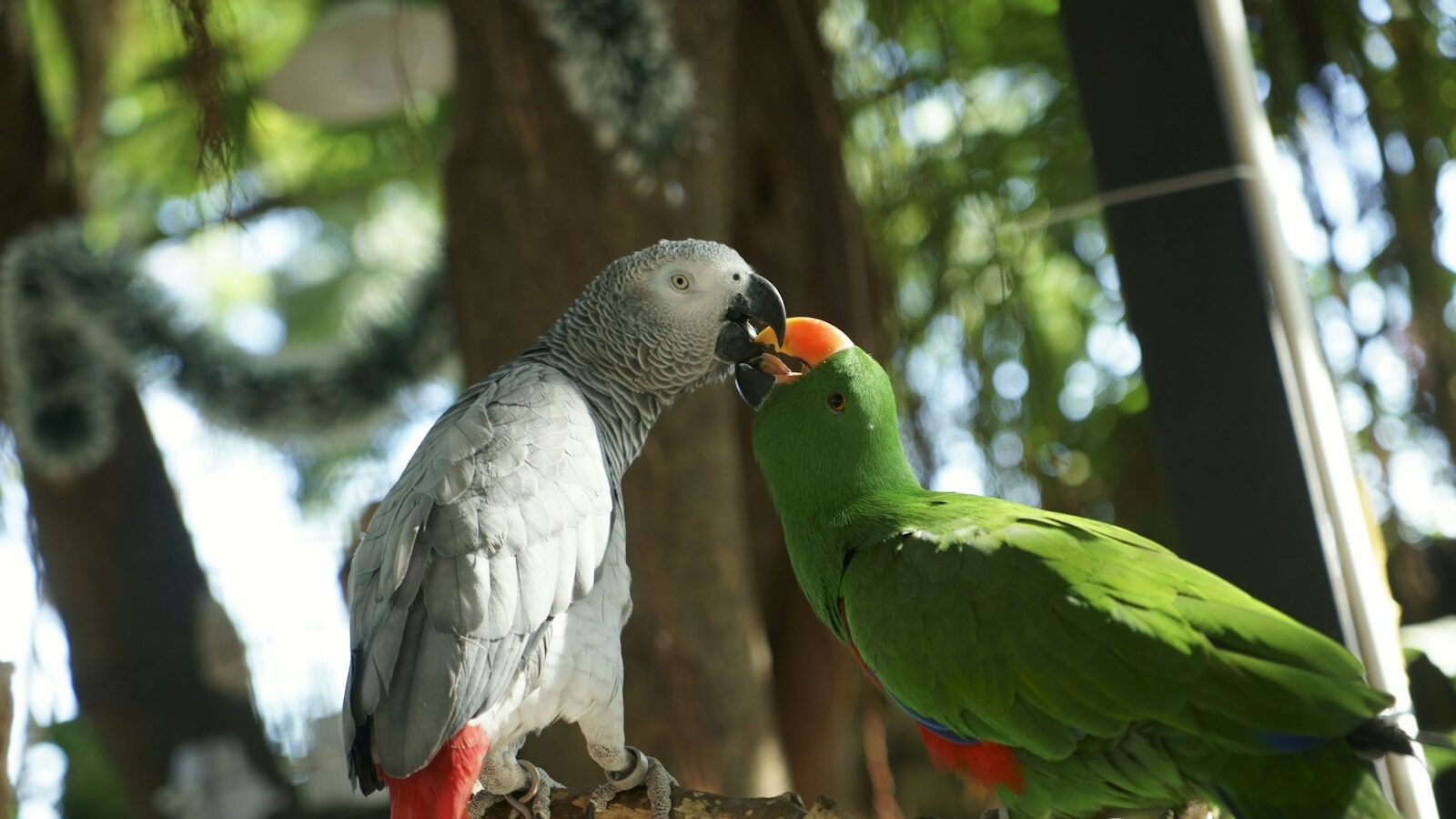
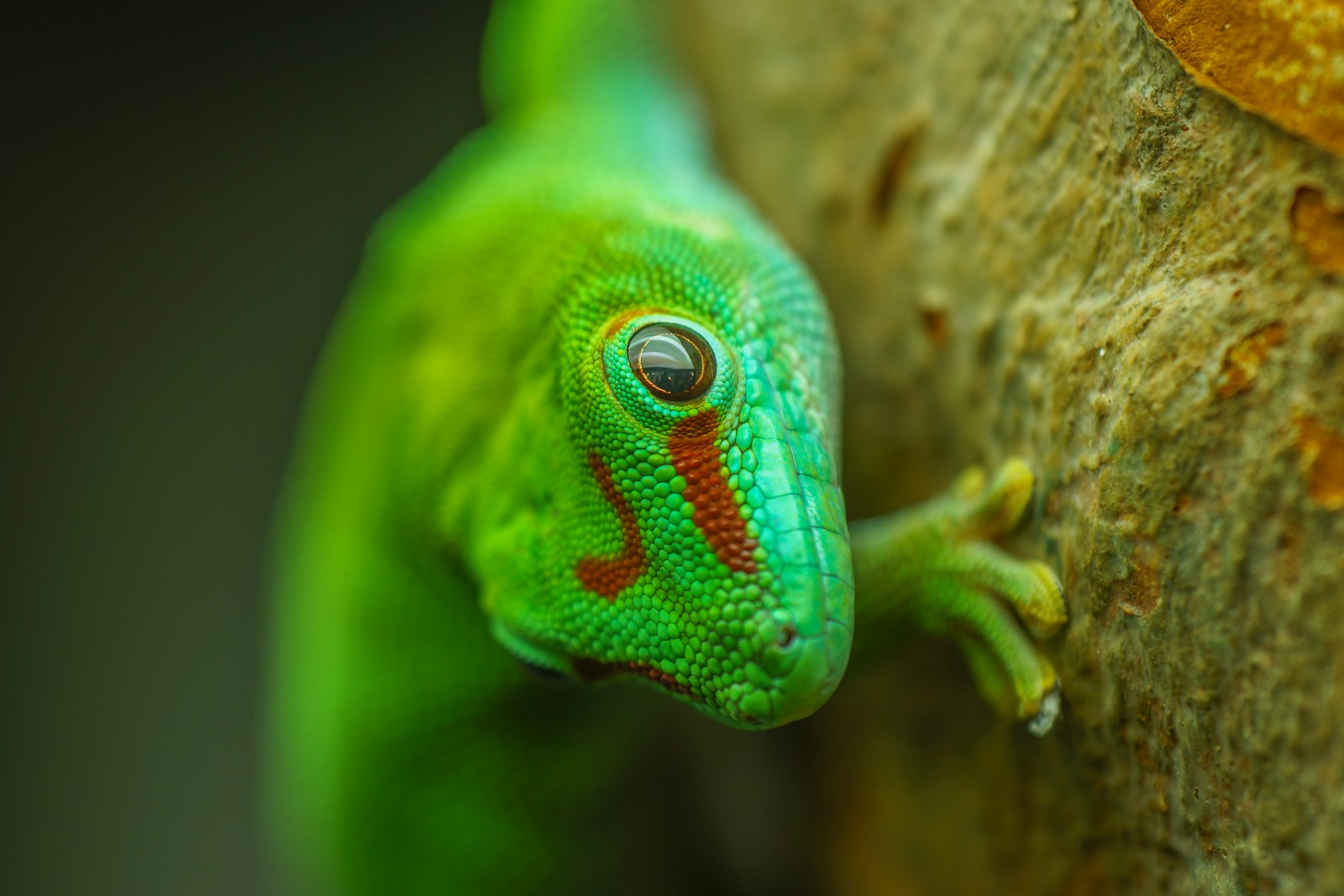
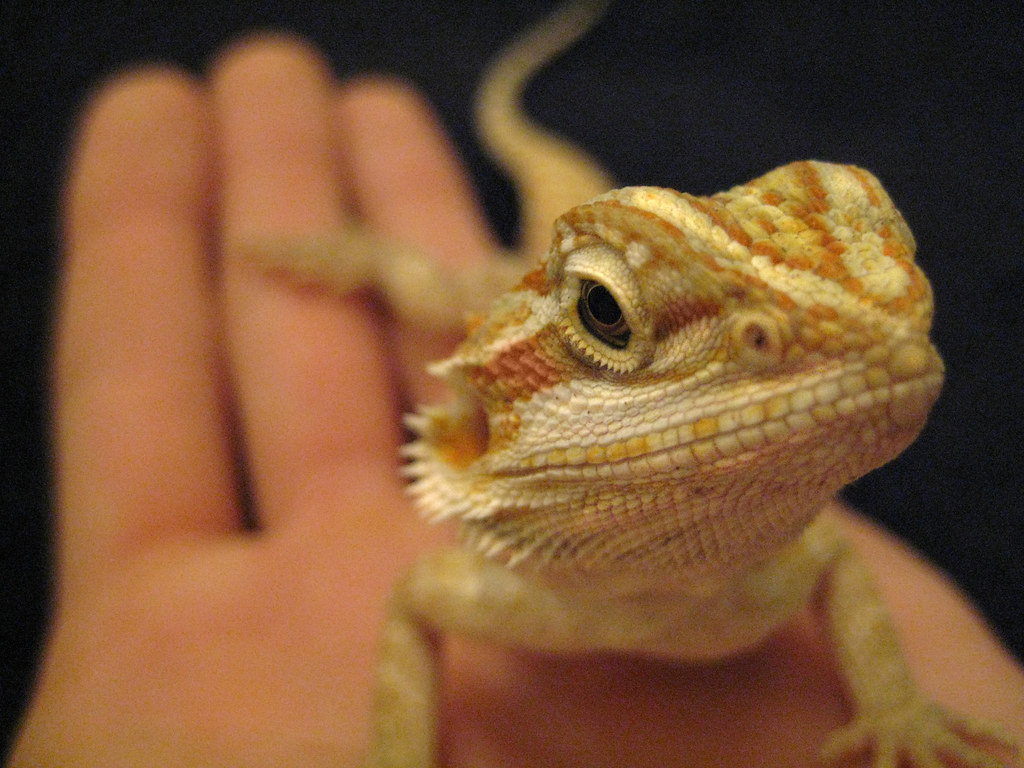
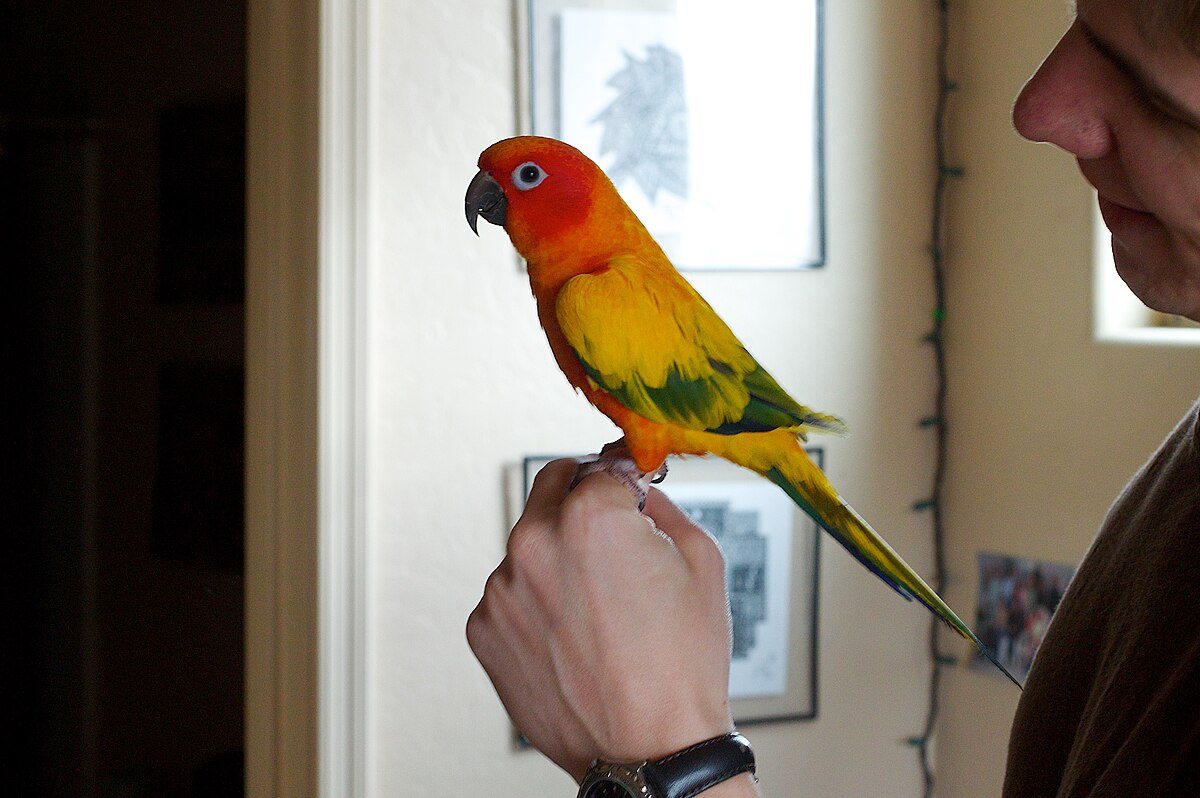
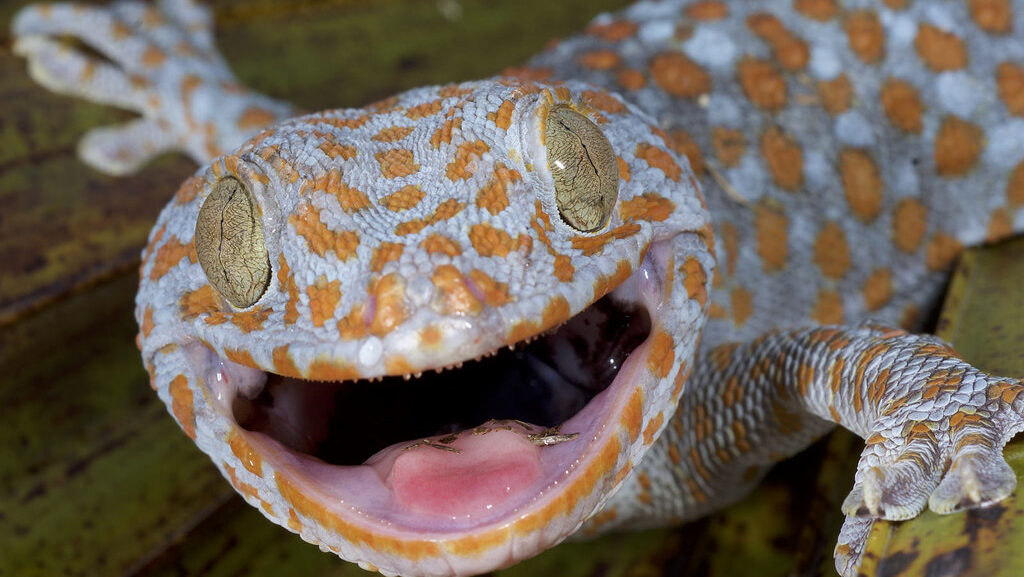



Leave a Reply